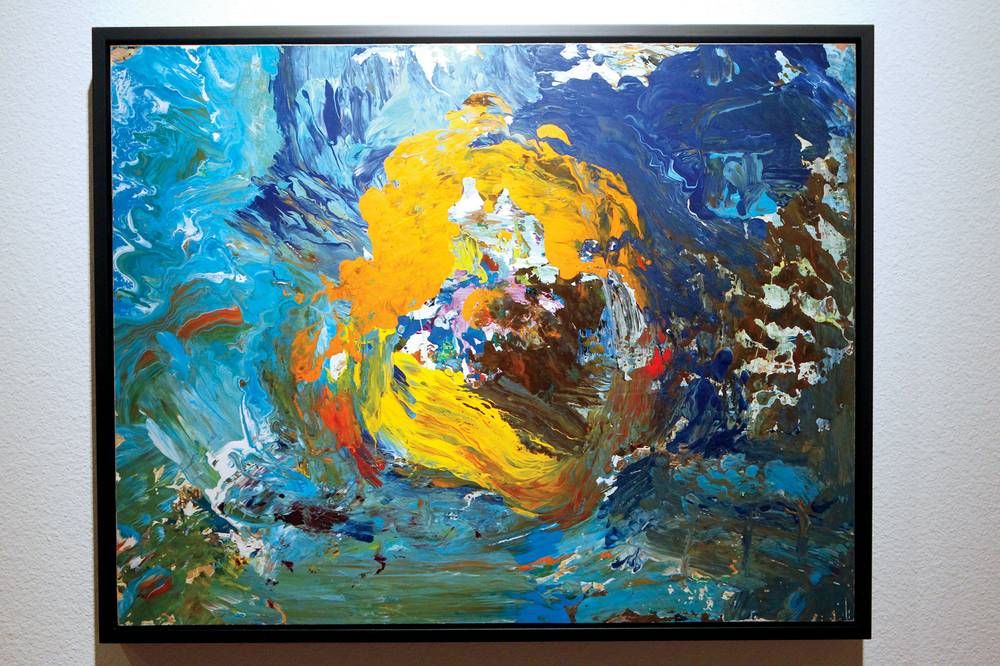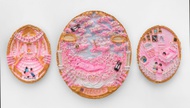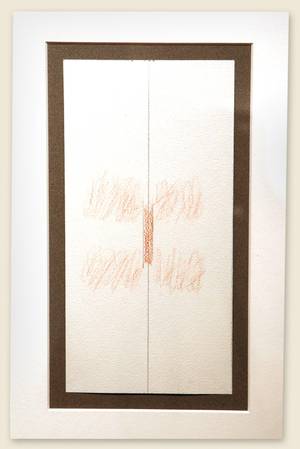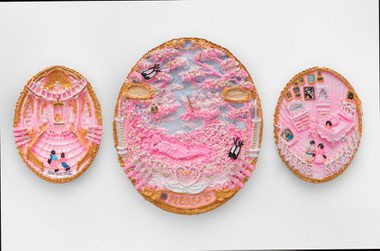
Dorothy and Herbert Vogel Collection Through September 28; Monday-Wednesday & Friday, 9 a.m.-5 p.m.; Thursday, 9 a.m.-8 p.m.; Saturday, noon-5 p.m.; suggested $5 donation. Marjorie Barrick Museum, 895-3381.
Between 1962 and 2008, Dorothy and Herb Vogel, the librarian and the postal worker, amassed an art collection now valued at hundreds of millions of dollars. So why is the Minimalist, Post-Minimalist and Conceptual Art they collected sometimes heaped among the most unlovable art styles of the last half-century?
A closer look at the Dorothy and Herbert Vogel Collection, now properly displayed for the first time at UNLV’s Barrick Museum, brings the “difficulty” of Minimalism and its offshoots to the fore. Like other institutions in the Fifty Works for Fifty States program, UNLV was the recipient of a mini Vogel collection chosen from the couple’s 4,700-plus artworks by the National Gallery of Art. The small-format pieces in the donation approximate what might have been exhibited at a given time in the Vogel’s one-bedroom Manhattan apartment, legendary for the sheer volume of high-end art hoarded within its modest walls. The UNLV gift includes excellent work by both famous and lesser-known artists.
Consider “Happy Birthday Herb #18” by Richard Tuttle. It amounts to a few random lines scratched onto paper. Well, no. Relax. Look again. The beauty of Tuttle’s drawing emerges in the tension between its unpretentious surface and its sensual depths, a phenomenon that takes time to unfold. Time is key, both because we have so little of it and because the artwork and its latent theatricality require it.
A Post-Minimalist with a spiritual bent, Tuttle is all about delicacy and fragility, intimation and innuendo. The vertical lines in “#18” descend in a diaphanous comb; the diagonal lines drape in languorous curves across the sweet spot of the picture plane. The mesh suggests the fabric of space-time, its allusion as ethereal as a prayer.
Dorothy and Herb started collecting at a moment when art characterized by restraint seemed fresh, although many pieces in their collection are more extroverted and effusive. UNLV has a vibrant Charles Clough painting and a mesmerizing wax and pigment work by radical Feminist artist Lynda Benglis, along with lovely works by Lucio Pozzi.
The strongest pieces, however, are the “difficult” ones linked to Minimalism and its offshoots, collected by the Vogels when few art-goers had eyes trained to appreciate their beauty. The lag time between when an artistic idiom is introduced and when the public appreciates it can span decades, even centuries. But if those two unassuming civil servants can take the time to recognize their quality, we can, too.








Previous Discussion: